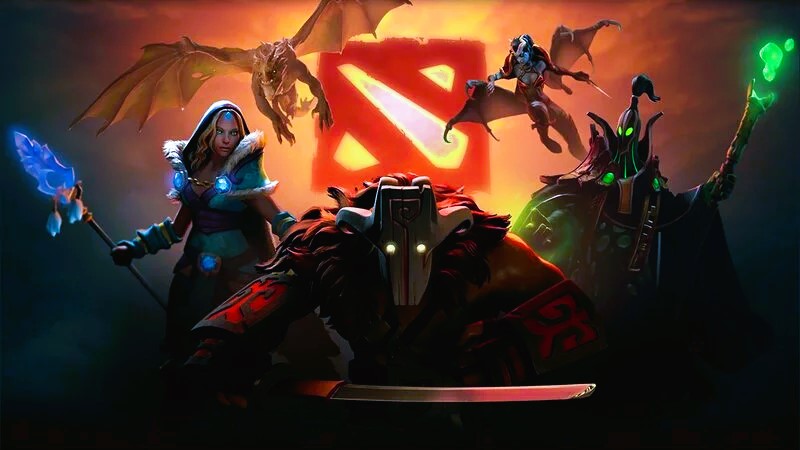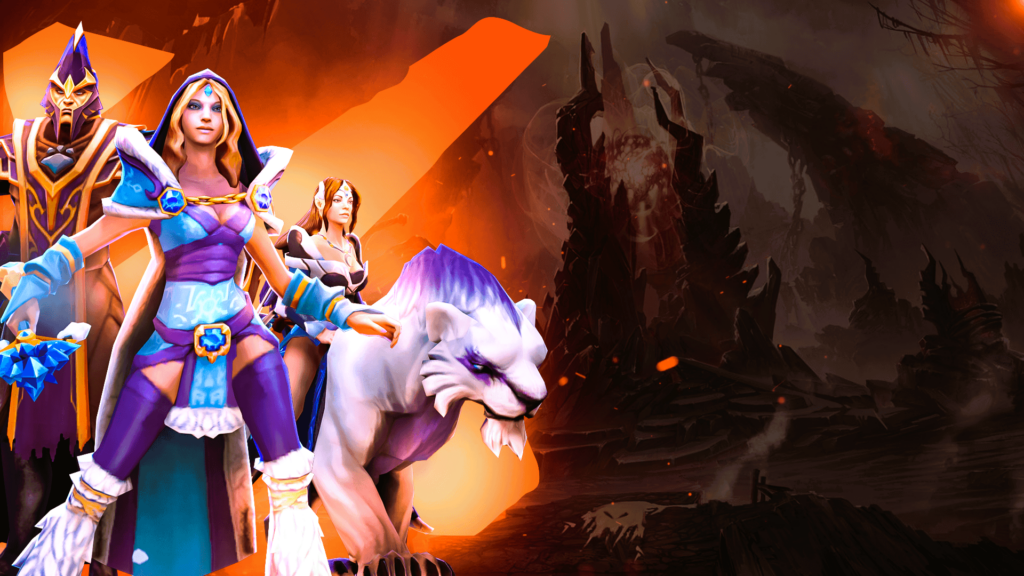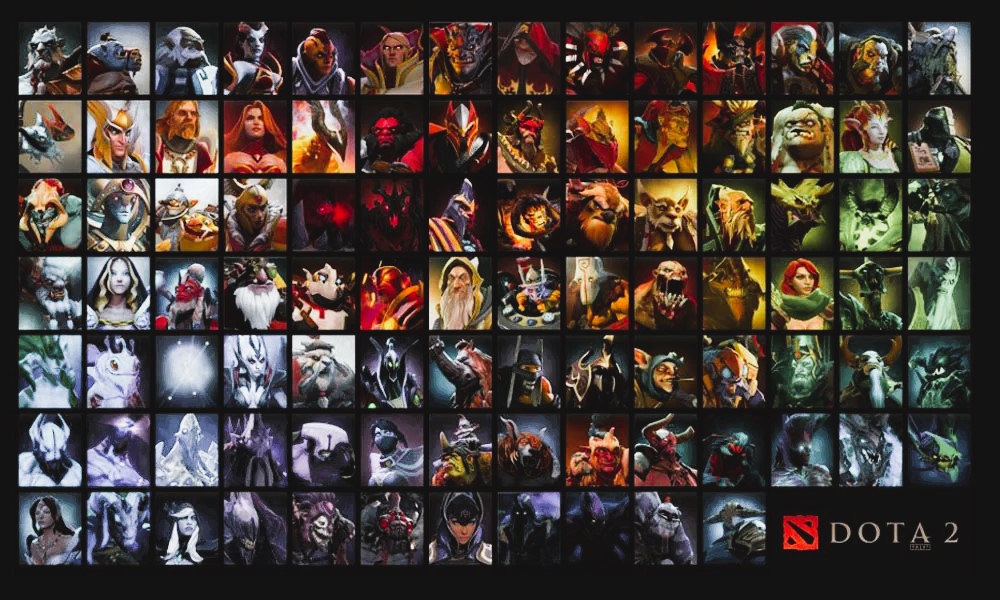
Dota 2, a multiplayer online battle arena (MOBA) game developed by Valve Corporation, is known for its complex and strategic gameplay. One of the key elements that contribute to a team’s success is understanding the roles that heroes play on the battlefield. In this comprehensive guide, we will explore the various hero roles in Dota 2, their responsibilities, and how they contribute to the overall success of a team.
Core Roles in Dota 2:
Dota 2 heroes are typically divided into two main categories: cores and supports. Cores are heroes that require significant farm and experience to become powerful, while supports are heroes that prioritize assisting their team and don’t rely as heavily on resources. Within these categories, specific roles further define a hero’s playstyle and responsibilities.
Carry – Dealing Damage and Scaling:

The Carry role is often associated with heroes who are expected to deal massive damage in the later stages of the game. Carries are heavily dependent on farm, as they need gold and experience to purchase powerful items and unlock their full potential. Heroes in this role are expected to scale well into the late game, becoming formidable forces that can turn the tide of battles.
Popular Carry heroes include Anti-Mage, Spectre, and Phantom Assassin. Carries often take on the responsibility of farming in the safe lane during the laning phase and securing key items to dominate team fights.
Midlaner – Controlling the Pace:
The Midlaner role is crucial for controlling the pace of the game. Midlaners are typically heroes with strong burst damage, crowd control, or spellcasting abilities. They gain experience and gold quickly by occupying the middle lane and are expected to make an impact in the early and mid-game stages. Did you like the article? Read also about Endless Legend Review.
Heroes like Queen of Pain, Storm Spirit, and Invoker are often played in the midlane due to their ability to quickly level up and influence other lanes. The Midlaner sets the tempo for the team, securing objectives, and creating opportunities for their allies.
Offlaner – Initiating and Disrupting:
The Offlaner role is about resilience and disruption. Heroes in this role are tasked with surviving in a challenging offlane (the lane nearest to the enemy’s safe lane) while disrupting the enemy carry’s farm. Offlaners often have tanky attributes, crowd control abilities, or strong initiation tools.
Popular Offlaner picks include Tidehunter, Centaur Warrunner, and Mars. Offlaners play a pivotal role in team fights, initiating engagements, and creating space for their teammates to follow up.
Support – Facilitating the Team:
Support heroes are the backbone of a team, providing vision, crowd control, and utility. They don’t require as much farm as cores and focus on assisting their teammates through the purchase of support items such as Observer Wards, Smoke of Deceit, and Mekansm.
Common Support heroes include Crystal Maiden, Lion, and Shadow Shaman. Supports secure vision on the map, initiate ganks, and help secure objectives like Roshan. They are essential for ensuring the success of their cores and controlling the map.
Jungler – Farming Neutrals for an Advantage:
While not always a guaranteed role in every game, some heroes are capable of jungling, which involves farming neutral creeps in the forests between lanes. Junglers aim to maximize their gold and experience gain efficiently and provide a level of unpredictability to the enemy team.
Heroes like Nature’s Prophet, Enigma, and Chen are capable junglers. A successful jungler can give their team an economic advantage by creating space for the remaining lanes.
Flexibility and Adaptability:

It’s important to note that hero roles in Dota 2 are not fixed, and flexibility is key. While heroes may have a designated role, the fluid nature of the game allows for creative strategies and role swaps. Some heroes can be played in multiple roles, providing teams with adaptability during the draft phase.
Understanding the Meta and Patch Changes:
Dota 2 is an ever-evolving game, with frequent updates and balance patches that can shift the meta. Staying informed about hero changes, item adjustments, and the current state of the game’s balance is crucial for effective hero selection and strategy.
Mastering the various hero roles in Dota 2 is essential for success in this complex and dynamic MOBA. A well-balanced team with a mix of core and support heroes, each fulfilling their designated roles, increases the chances of victory. As you embark on your Dota 2 journey, use this guide to understand the responsibilities and strengths of each role, adapting your playstyle to contribute effectively to your team’s success.
For more in-depth information on Dota 2 and hero roles, you can explore GameSpot.
